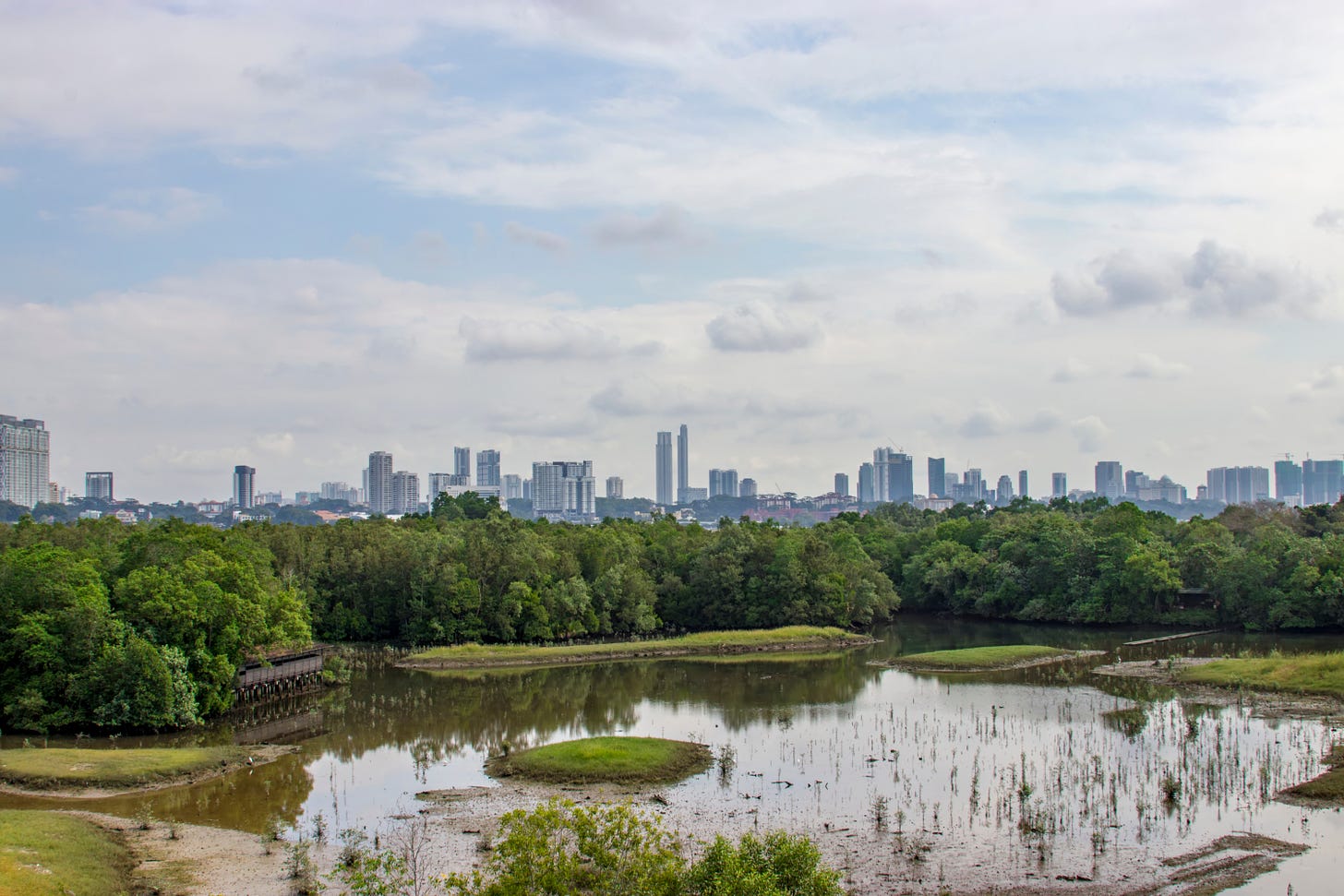
In this episode, we’ll discuss the potential of nature-based solutions in cities to adapt to climate change, reduce disaster risk, benefit the environment and improve community living.
🌊 In many Asian coastal cities, mangroves, coral reefs, wetlands, forests can play an important role in helping urban areas withstand the impacts of climate change, sea-level rise, floods or typhoons. Yet, they are facing a high risk of degradation, as a result of rapid urbanisation.
🌱 Nature-based solutions are defined by the International Union for Conservation of Nature (IUCN) as “actions to protect, sustainably manage, and restore natural or modified ecosystems, that address societal challenges effectively and adaptively, simultaneously providing human well-being and biodiversity benefits”.
In order to learn more about nature-based solutions in cities, I sat down with Dr Perrine Hamel, Assistant Professor at the Nanyang Technological University (NTU) in Singapore and Head of the Resilient and Inclusive Cities Lab.
Perrine has a wealth of experience researching the potential of water sensitive cities and looking at green and blue infrastructures to respond to environmental and social challenges, such as flooding, urban heat island, or mental and physical health issues.
In the episode, we explore the importance of natural infrastructure in Asian urban areas and discuss how nature-based solutions can help cities be more resilient in a time of growing climate extremes.
We also mention the necessary combination of green and grey infrastructure, alignments with inclusive planning and policies, and the last obstacles in mainstreaming natural infrastructure information for integrated urban planning.
📝 Some resources I have used to prepare for this episode:
To know more about Perrine’s research work: Resilient and Inclusive Cities Lab at Nanyang Technological University, Singapore
The Place of Nature in Cities: Taking Inspiration from Singapore
2 inspiring research-action projects: Natural Capital Project at Stanford and Natural Capital Singapore
Mapping the benefits of nature in cities with the InVEST software, an open-source tool to support the greening of cities
How Asia’s megacities can benefit from mangroves and other natural climate solutions
An illustration of the hard choices cities will need to make when it comes to nature-based and hard infrastructure solutions A 6m sea wall? Miami faces hard choices of climate change
That’s it for today. As usual, a small 🧡 at the bottom of the article goes a long way !
Thanks for your support and see you next week for a new post. Stay tuned.






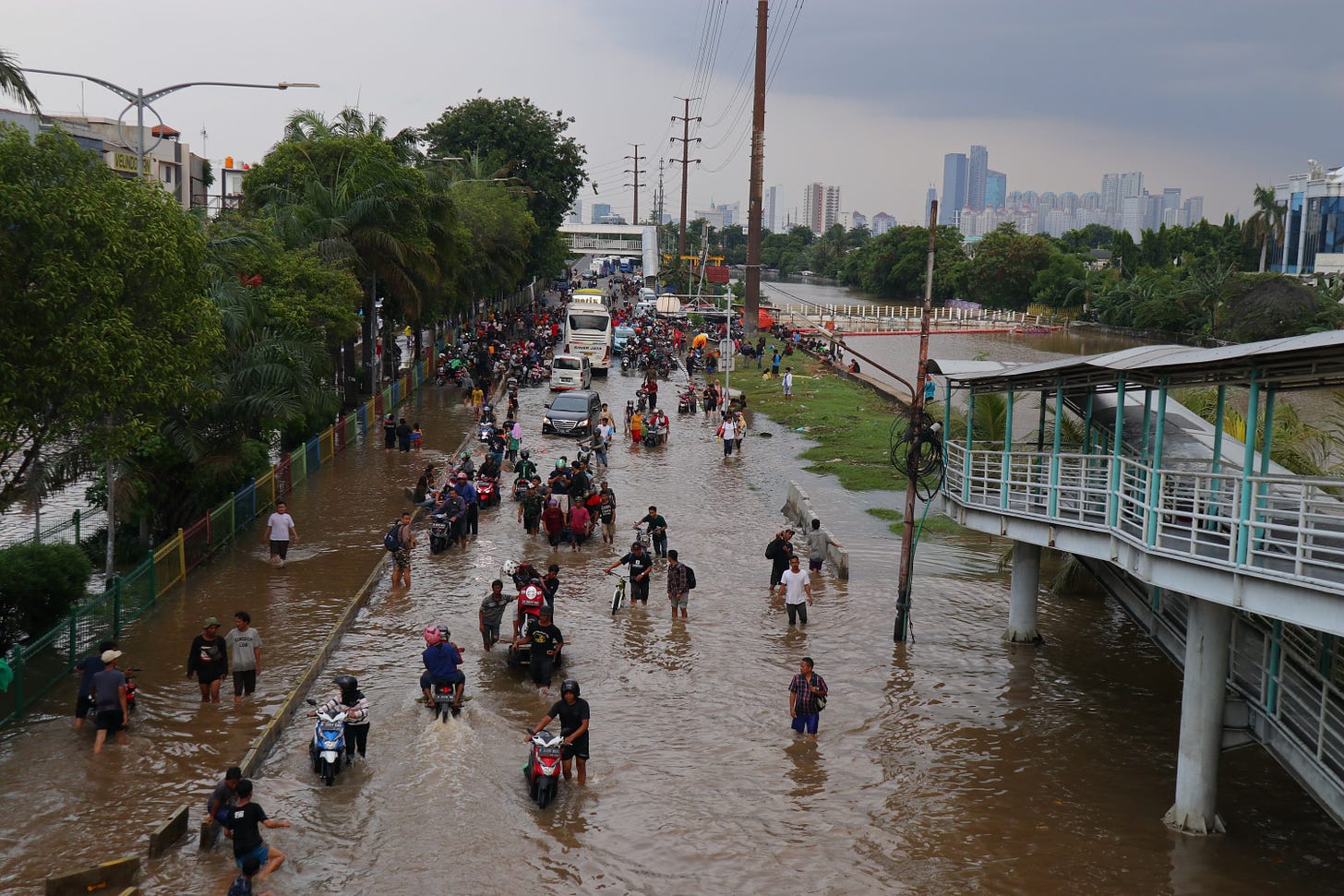

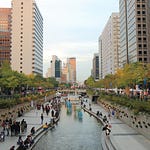



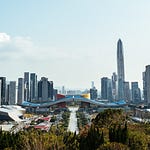
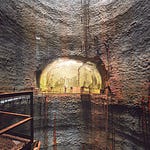

Share this post